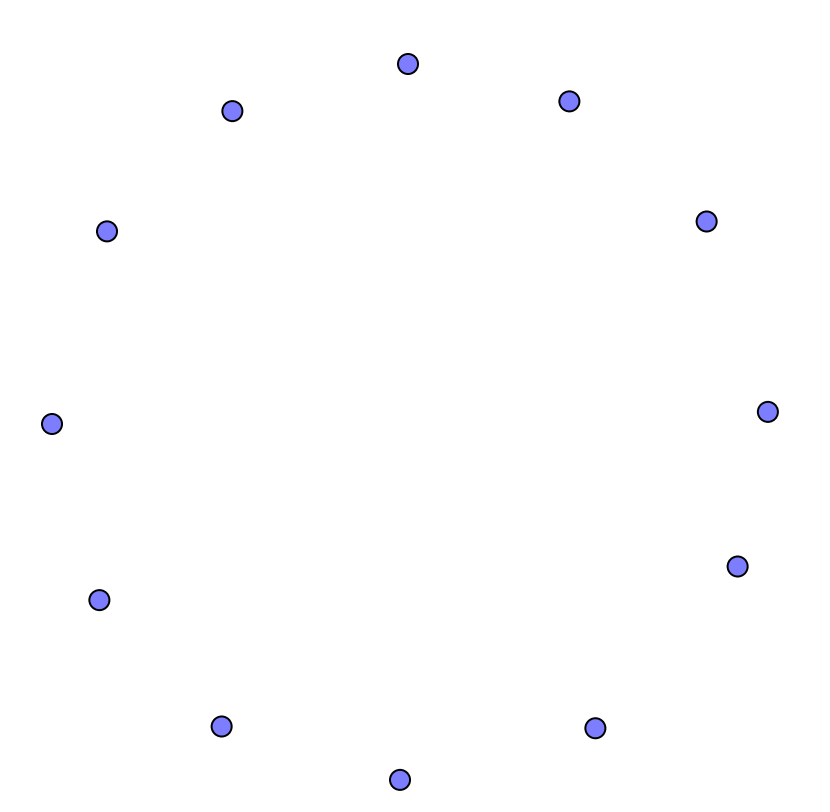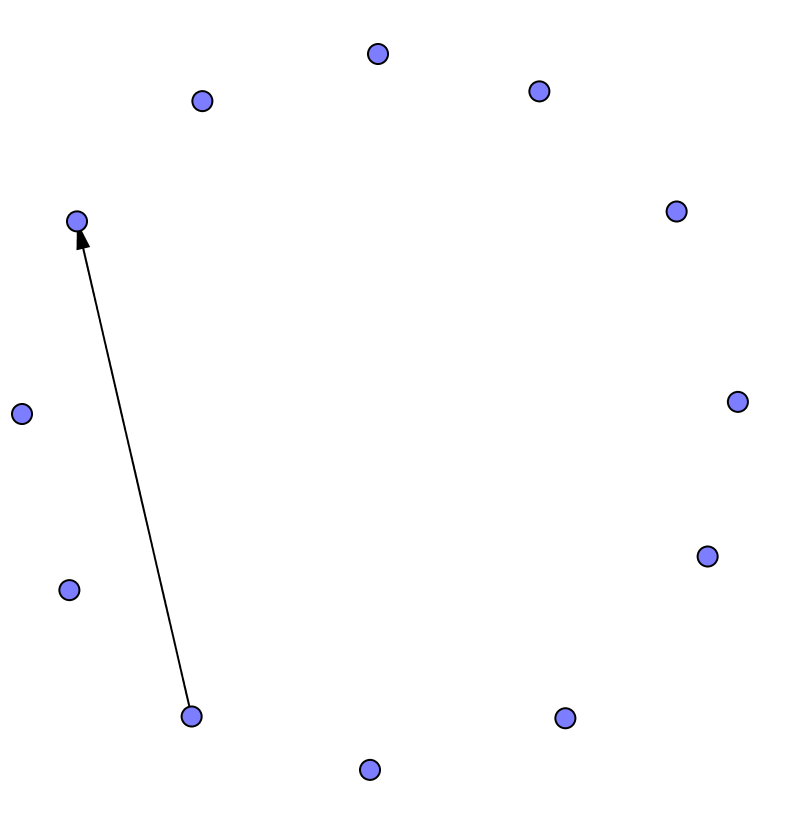If a problem requires dividing two whole numbers by the same whole number, solving it involves looking for a common factor. If it requires finding the largest number that can divide into the two whole numbers, we are looking for the greatest common factor.
Suppose we have 12 bagels and 18 muffins and want to make bags so each bag has the same combination of bagels and muffins. The common factors of 12 and 18 tell us possible number of bags that can be made.
The common factors of 18 are 1, 2, 3, and 6. For these numbers of bags, here are the number of bagels and muffins per bag.
- 1 bag: 12 bagels and 18 muffins
- 2 bags: 6 bagels and 9 muffins
- 3 bags: 4 bagels and 6 muffins
- 6 bags: 2 bagels and 3 muffins
We can see that the largest number of bags that can be made, 6, is the greatest common factor.
If a problem requires finding a number that is a multiple of two given numbers, solving it involves looking for a common multiple. If it requires finding the first instance the two numbers share a multiple, we are looking for the least common multiple.
Suppose forks are sold in boxes of 9 and spoons are sold in boxes of 15, and we want to buy an equal number of each. The multiples of 9 tell us how many forks we could buy, and the multiples of 15 tell us how many spoons we could buy, as shown here.
- Forks: 9, 18, 27, 36, 45, 54, 63, 72, 90. . .
- Spoons: 15, 30, 45, 60, 75, 90. . .
If we want as many forks as spoons, our options are 45, 90, 135, and so on, but the smallest number of utensils we could buy is 45, the least common multiple. This means buying 5 boxes of forks (5\boldcdot 9=45) and 3 boxes of spoons (3 \boldcdot 15=45).



